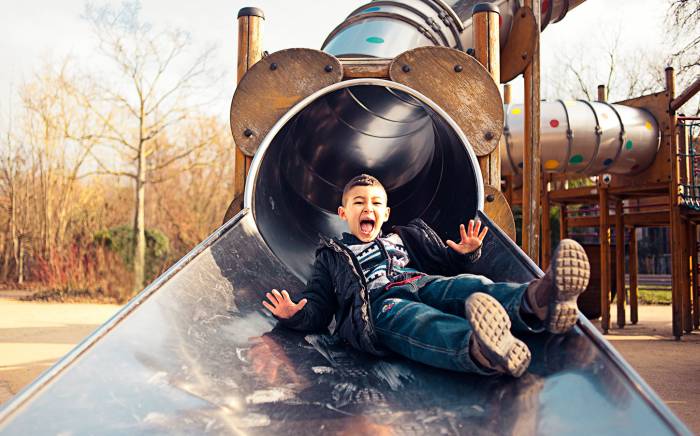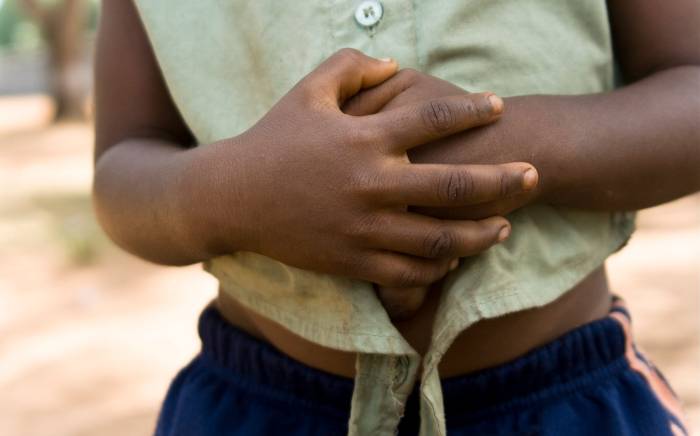What is Ureteropelvic Junction (UPJ) Obstruction?
One of the main jobs of the kidney is to filter the blood, and deliver the waste products (urine) to the bladder. The urine leaves the kidney, enters the renal pelvis, and then passes into the ureter through a funnel called the ureteropelvic junction (UPJ). In some children there is a partial blockage at the UPJ. The blockage may be severe (high grade), minimal (low grade) or intermittent.
To schedule an appointment, call 314.454.5437 or 800.678.5437 or email us.
What causes UPJ obstruction?
Many UPJ problems may occur before birth, as enlargement of the kidney (hydronephrosis) can be seen on a prenatal ultrasound. The stagnation of urine caused by the UPJ blockage can lead to infection. Older children may have pain related to the blockage.
Sometimes the blockage can cause kidney stones to form. The obstruction is usually due to an abnormality in the development of the muscle at the UPJ.
What tests are needed?
Ultrasonography, computerized tomography (CT) and intravenous pyelogram (IVP) will show the hydronephrosis related to a UPJ obstruction – but may not necessarily prove that the enlargement of the system is due to blockage.
A diuretic renal scan (DRS) usually will prove if there is true blockage. This is performed by injecting a tiny amount of nuclear tracer into a vein and watching it accumulate and wash out of the kidney. This test also shows how well each kidney is working. Normally each kidney does 50 percent of the total work. A bladder catheter must be placed before the test is started.
How is UPJ obstruction corrected?
The usual repair of a UPJ obstruction (pyeloplasty) involves removal of the abnormal segment of ureter causing the blockage, and the ureter is reconnected to the renal pelvis.
Depending on the individual circumstances a tube may be left across the pyeloplasty (stent) and a tube may be left above the repair to decompress the kidney (nephrostomy). A drain is left near the repair because it is not uncommon to have leakage of urine from the repair. These tubes are usually left in place for 7-10 days.
Complications of the operation include bleeding, infection, kidney damage, air in the chest cavity (pneumothorax), pain, persisting drainage of urine, or delayed drainage of the kidney across the site of repair. Persisting drainage, or delayed emptying of the UPJ may require placement of a ureteral catheter or percutaneous nephrostomy. Scarring of stricture at the pyeloplasty may produce recurrent UPJ obstruction, which may occur in 1-5 percent of cases.
A newer form of surgery for UPJ obstruction is done through a scope passed into the kidney (percutaneous endopyelotomy). This operation has been performed more commonly in adults. In children it is more commonly used to treat repeat cases of UPJ obstruction.
What follow-up care is needed?
After successful repair of a UPJ obstruction, the dilation of the kidney usually persists and an ultrasound or IVP will still “look abnormal”. The DRS is usually the best way to know if the result is successful, and this is usually performed around three months after pyeloplasty.
A child should be followed for at least several years after a pyeloplasty. If the postoperative DRS is normal and the child is doing well, a urine analysis, abdominal exam, blood pressure check, and ultrasound is performed a year after surgery.
To request an appointment with a physician at St. Louis Children's Hospital, call 314.454.5437 or 800.678.5437 or email us.












